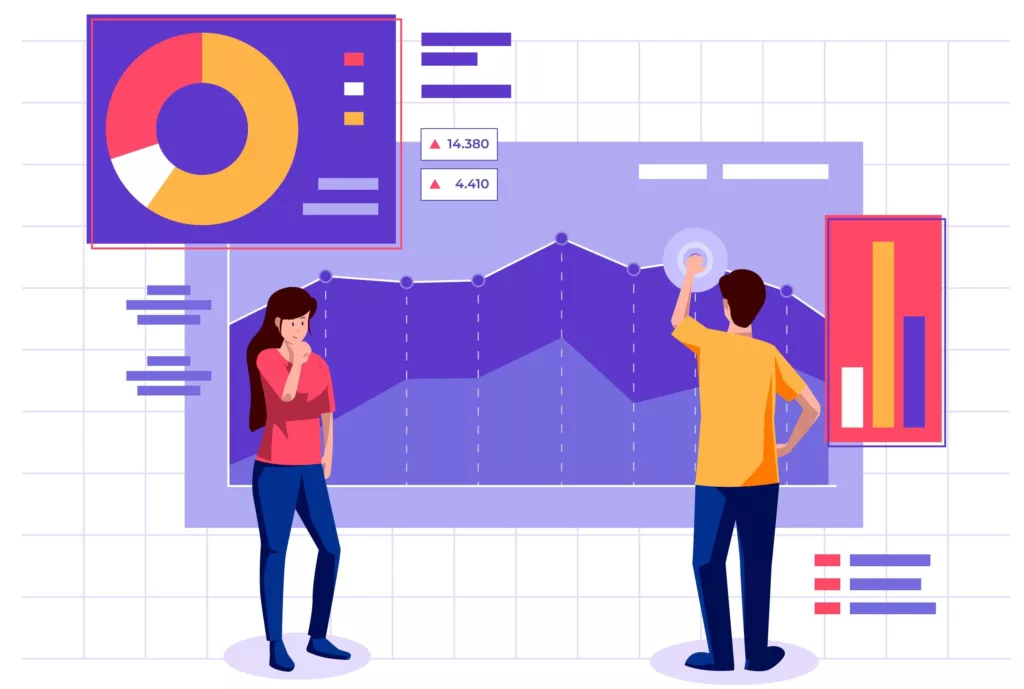Investing doesn’t have to be complicated. In fact, some of the most successful Canadian investors rely on two simple, low-cost tools to build wealth: index funds and ETFs. Whether you’re saving for retirement, a down payment, or simply want your money to work harder, understanding these investment options is the first step toward a stronger financial future.
In this guide, we’ll explain what they are, how they work, and why they’re worth considering for your portfolio, with real Canadian examples and practical tips along the way.
What Is an Index Fund?
An index fund is a type of investment fund designed to track the performance of a specific market index. For example, the S&P/TSX Composite Index represents the largest publicly traded companies in Canada. If you buy units in a Canadian index fund tracking this index, you’re essentially investing in all those companies at once.
For a better understanding of investment basics, check out our guide on Investing for Beginners in Canada: A Step-by-Step Guide.
Key features:
- Diversification – Own shares of many companies in one fund.
- Low costs – Fewer transactions and less active management means lower fees.
- Passively managed – The goal is to match the market, not beat it.
Example:
- TD Canadian Index Fund – e Series (TDB900): Tracks the S&P/TSX Composite Index with a low management expense ratio (MER).
- RBC U.S. Index Fund (RBF5737): The fund invests primarily in equity securities of U.S. companies in order to track the performance of the S&P 500 Total Return Index.
What Is an ETF (Exchange-Traded Fund)?
An ETF is similar to an index fund but trades on the stock exchange like a stock. You can buy or sell ETFs throughout the trading day at market prices. Many ETFs also track indexes, but they can focus on specific sectors, regions, or investment strategies.
Key features:
- Liquidity – Buy and sell anytime during market hours.
- Lower MERs – Often even cheaper than traditional index funds.
- Flexibility – Available for stocks, bonds, commodities, and more.
Examples of popular Canadian ETFs:
- iShares Core S&P/TSX Capped Composite Index ETF (XIC) – Broad exposure to Canadian stocks.
- Vanguard FTSE Canada All Cap Index ETF (VCN) – Similar to XIC, but slightly different index provider.
- Vanguard S&P 500 Index ETF (VFV) – Gives you exposure to the top 500 U.S. companies.
- iShares Core MSCI EAFE IMI Index ETF (XEF) – Covers international developed markets.
If you’re unsure where to buy these, read our guide on the Best Investment Platforms and Brokers for Canadians in 2025.
Similarities Between Index Funds and ETFs
- Both provide instant diversification.
- Both often have low fees compared to actively managed funds.
- Both are passively managed in most cases, aiming to match market performance.
Differences Between Index Funds and ETFs
| Feature | Index Funds | ETFs |
|---|---|---|
| Trading | Bought/sold at end of day | Traded throughout the day |
| Fees (MER) | Low, but slightly higher | Often the lowest available |
| Minimum Investment | May have a minimum (e.g., $100) | No minimum (just the price of 1 share) |
| Purchase Process | Through bank, fund company or some brokerage | Through brokerage account |
Why Should Canadians Invest in Them?
1. Low Costs Mean More Money in Your Pocket
Paying high investment fees can erode your returns over time. Many index funds and ETFs have MERs below 0.10% compared to 1%–2% for mutual funds.
Example: On a $50,000 investment, a 2% annual fee is $1,000 per year. An ETF with a 0.06% MER would cost you just $30.
We explain this concept further in 10 More Financial Terms Every Canadian Should Know: Investing Edition.
2. Diversification Without the Hassle
Instead of buying 50 different stocks, you can buy a single ETF like XIC and instantly own hundreds of Canadian companies.
3. Works Well in TFSA and RRSP
ETFs and index funds fit perfectly in tax-advantaged accounts:
- TFSA – Tax-free growth and withdrawals. Learn more in How to Use a TFSA to Build Wealth Tax-Free.
- RRSP – Tax-deferred growth and possible tax refund on contributions. Learn more in How to Maximize Your RRSP Contributions for Retirement Savings.
4. Easy to Automate
You can set up automatic contributions to an index fund through your bank, or use a discount broker to regularly buy ETFs.
How to Start Investing in Index Funds and ETFs in Canada
- Choose Your Account Type
- TFSA for tax-free growth.
- RRSP for long-term retirement savings.
- Non-registered for flexibility once tax-advantaged accounts are maxed.
See our TFSA vs. RRSP: Which Savings Account Is Right for You? comparison.
- Open an Account
- Use an online broker like Questrade, Wealthsimple Trade, or TD Direct Investing.
- Pick Your Funds
- Beginner tip: Start with broad, all-in-one ETFs like Vanguard All-Equity ETF (VEQT) or iShares Core Growth ETF Portfolio (XGRO).
- Invest Regularly
- Set a fixed schedule (e.g., monthly or bi-weekly) to take advantage of dollar-cost averaging.
Common Mistakes to Avoid
- Chasing returns – Don’t switch funds based on short-term performance.
- Ignoring fees – Even small differences in MERs matter long-term.
- Overcomplicating your portfolio – 1–3 well-chosen ETFs are often enough.
If you’re struggling to stick to your plan, our guide on How to Set Financial Goals You Can Actually Achieve might help.
Final Thoughts
Index funds and ETFs are powerful tools for Canadians who want to grow their wealth without getting lost in stock picking. They’re low-cost, diversified, and easy to manage — making them a smart choice whether you’re just starting out or refining your existing portfolio.
If you’re new to investing, start small, keep your costs low, and stay consistent. Over time, these simple habits can make a massive difference to your financial future.
Next step: Explore our Investing for Beginners in Canada: A Step-by-Step Guide to put your first investment plan into action.





